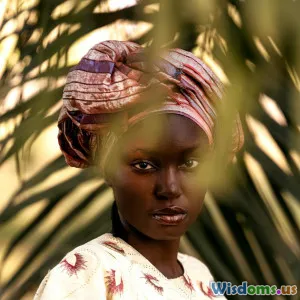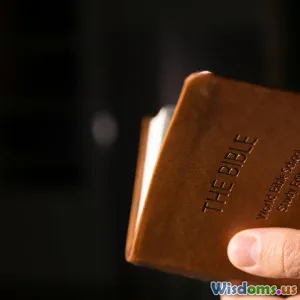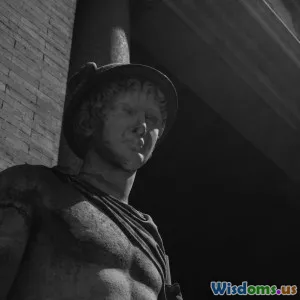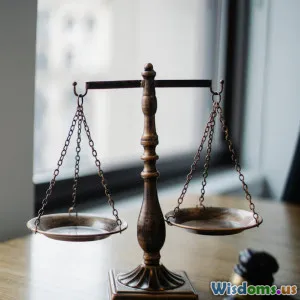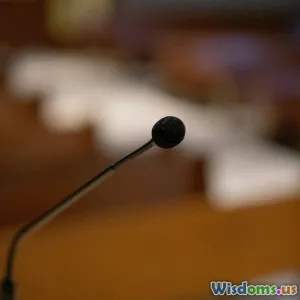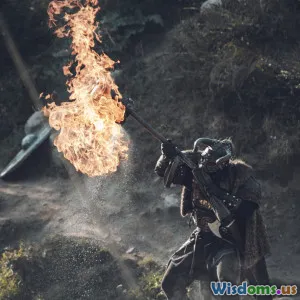
The Evolution of Legendary Heroes
8 min read Explore how legendary heroes have transformed across cultures and time, revealing timeless human ideals and evolving myths. (0 Reviews)
The Evolution of Legendary Heroes
Legendary heroes occupy a unique position at the intersection of myth, culture, and psychology. They are timeless symbols of human aspiration, embodying ideals, challenges, and moral lessons that societies cherish. But have you ever considered how these heroes have evolved over millennia? From the mighty demigods of ancient Greece to modern superheroes in cinema and literature, legendary heroes have transformed dramatically—mirroring changes in cultural values, fears, and hopes.
In this article, we will journey through time and across cultures to explore the fascinating evolution of legendary heroes.
From Mythic Origins: The Birth of Legendary Heroes
At the dawn of civilization, heroes often emerged from mythology, a blend of history and divine fantasy. These figures were larger than life, often part divine themselves, tasked with embodying the extraordinary qualities admired by their people.
Examples from Ancient Mythologies
-
Heracles (Hercules) - Greek Mythology: Known for his superhuman strength and the famous Twelve Labors, Heracles epitomizes durability and endurance. His stories stressed the triumph over impossible challenges, reflecting Greek appreciation for strength and wit.
-
Gilgamesh - Mesopotamian Epic: One of the earliest literary heroes, King Gilgamesh’s quests explore themes of friendship, mortality, and the search for eternal life. His narrative reveals early human concerns about existence and legacy.
-
Beowulf - Anglo-Saxon Legend: Courage, loyalty, and heroism shine through Beowulf’s battles with monsters and dragons. His tale captured the warrior culture of medieval Northern Europe, emphasizing honor and communal protection.
These heroes were often part human, part god, serving dual roles as protectors and cultural icons. Their narratives reinforced societal norms, like bravery in battle, loyalty to tribe or kingdom, and respect for the gods.
Cultural Influences and the Shifting Hero Arc
As societies transformed, so did their heroes. The legendary hero incarnations adjusted to reflect the changing social, political, and ethical climates.
From Divine Champions to Humanized Figures
With the rise of monotheistic religions and rational thought during the Classical and Medieval Periods, heroes gradually shifted from divine super-beings to more nuanced human characters with flaws and vulnerabilities.
-
King Arthur (Medieval Britain): The legendary British king embodies ideals of chivalry, justice, and leadership. Although shrouded in myth, Arthur's narrative humanizes heroism, emphasizing courtly behavior and the burdens of sovereignty.
-
Joan of Arc (15th Century France): Bridging legend and history, Joan represents a real figure whose heroism, driven by faith and patriotism, brought nuanced spiritual and political dimensions to hero stories.
Such heroes began to explore the conflict between personal doubts and public duty, reflecting evolving ideals about human potential and morality.
The Hero’s Journey: A Framework of Transformation
Joseph Campbell’s influential concept of the "Monomyth" or "Hero’s Journey" describes a universal narrative pattern found in legends worldwide. The journey involves stages like the call to adventure, trials, ultimate ordeal, and return.
This framework explains why heroes across cultures, despite surface differences, share a common arc. It helped storytellers anchor cultural values in emotionally resonant tales of growth and sacrifice.
Modern Legends: The Rise of Contemporary Heroes
Superheroes as the New Mythic Figures
In the 20th century, comic book superheroes emerged as modern legendary heroes reflecting contemporary anxieties and aspirations.
-
Superman: Debuting in 1938, Superman encapsulated ideals of hope, justice, and the immigrant experience. Created during the Great Depression and just before World War II, he symbolized a protector who transcended humanity's limitations.
-
Wonder Woman: Introduced as a feminist icon during World War II, Wonder Woman signifies strength, compassion, and equality, reflecting changing gender roles.
-
Black Panther: One of the first Black superheroes, Black Panther embodies empowerment and cultural pride, becoming globally recognized after the 2018 film adaptation.
These heroes modernize ancient archetypes, blending fantasy with contemporary social issues. The shift from gods and kings to everyday people with extraordinary powers highlights evolving concepts of heroism—more inclusive, psychologically complex, and socially conscious.
Real-World Heroes in Popular Imagination
Beyond fiction, other types of heroes captivate cultural imagination:
-
Activists and Leaders: Figures like Martin Luther King Jr. and Malala Yousafzai embody courage and morality, inspiring movements for justice.
-
Explorers and Innovators: Heroes like Amelia Earhart and Nikola Tesla symbolize human curiosity and the drive to push boundaries.
Though not mythical, these individuals command legendary status through their impactful narratives.
Why Do Legendary Heroes Endure?
Timeless Psychological Appeal
Legendary heroes resonate because they address universal human experiences: struggle, transformation, moral choice, and self-sacrifice.
Psychologist Carl Jung suggested archetypes like the Hero exist deep within the collective unconscious, which may explain their repeated emergence.
Adaptive Storytelling
As cultures change, hero narratives adapt, absorbing contemporary values, fears, and hopes. This evolution keeps stories relevant across generations.
Inspiring Action and Ideals
Heroes provide models for behavior and aspirations. Their stories encourage courage, altruism, and hope—qualities societies need to flourish.
Conclusion
The evolution of legendary heroes reflects humanity’s ongoing quest to understand itself and articulate ideal qualities. From divine demi-gods enduring Herculean labors to complex modern superheroes wrestling with ethical dilemmas, legendary heroes mirror our cultural values, psychological needs, and dreams.
By studying their transformation across time and cultures, we gain valuable insight into changing morality, social structures, and the very nature of heroism itself. Whether inspiring personal courage or articulating societal ideals, these heroes remain powerful symbols—timeless guides lighting the path toward our better selves.
As you delve into the myths, legends, comics, or even modern real-life stories, remember: these heroes evolve with us, continually challenging and inspiring us to face our own journeys.
References
- Campbell, Joseph. The Hero with a Thousand Faces. 1949.
- Frye, Northrop. Anatomy of Criticism, 1957.
- Vogler, Christopher. The Writer’s Journey: Mythic Structure for Writers. 1992.
- Segal, Robert A. Myth: A Very Short Introduction. 2004.
- “Heroism.” Encyclopedia Britannica, https://www.britannica.com/topic/heroism.
Rate the Post
User Reviews
Popular Posts












